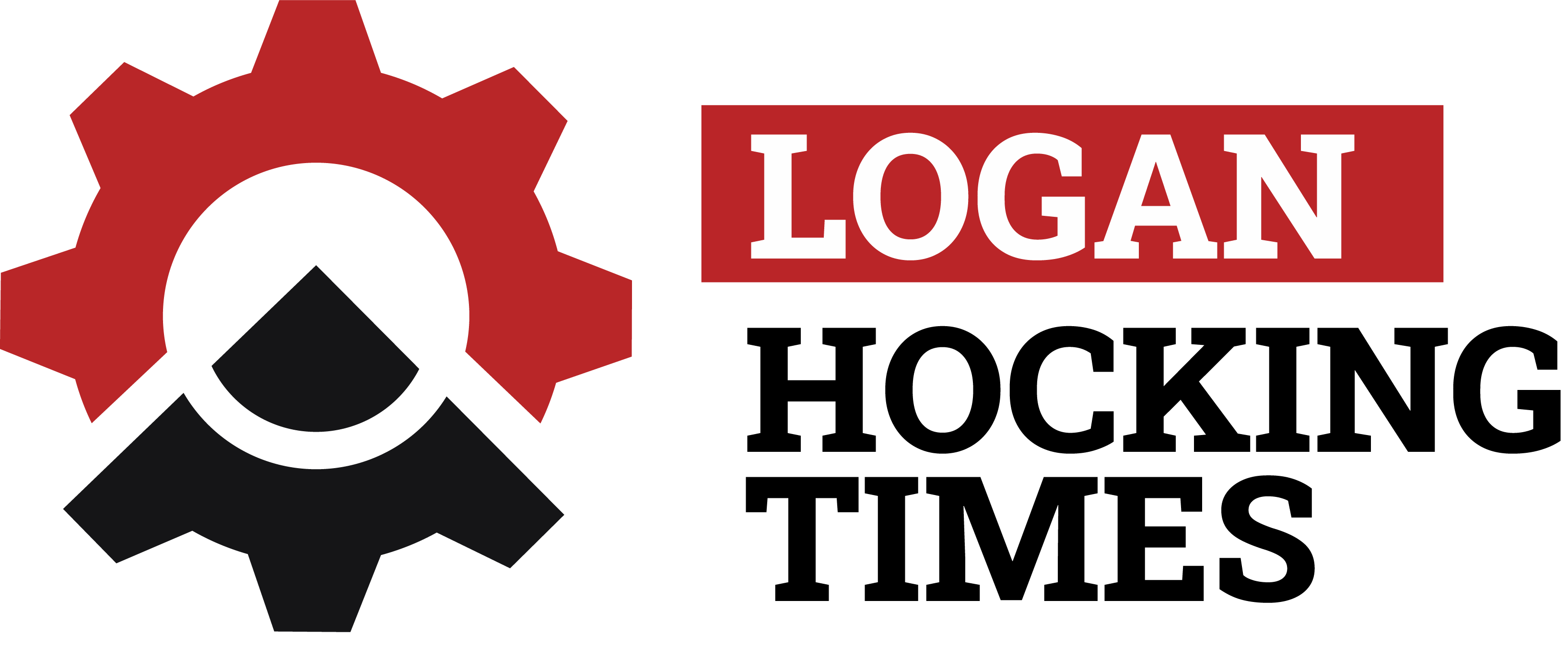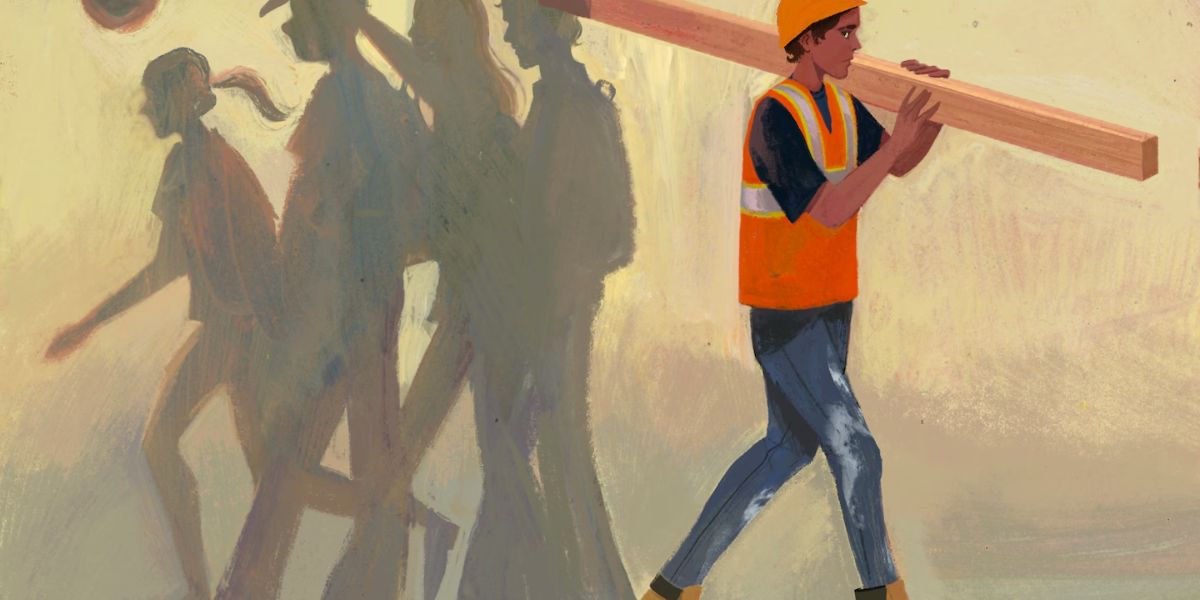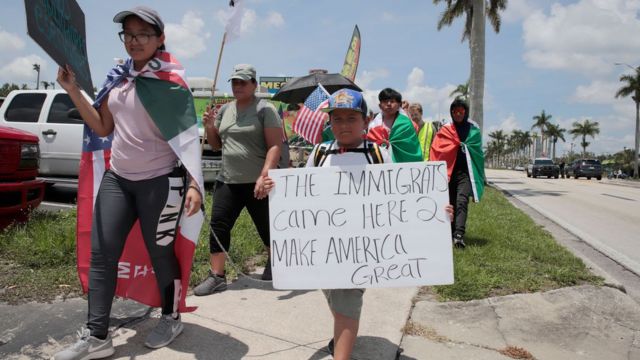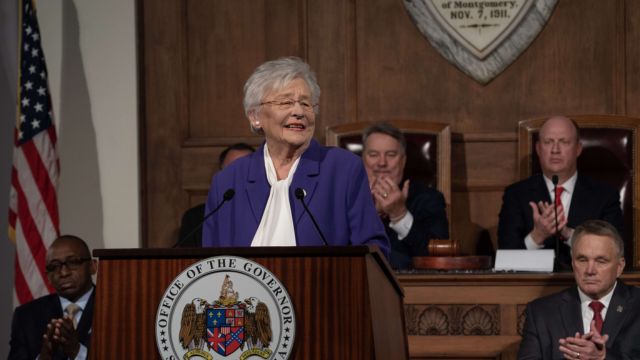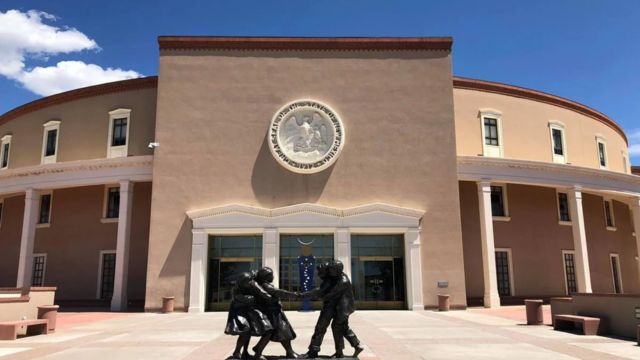Child labor laws in Washington State are designed to protect young workers from exploitation and ensure their safety, health, and education are not compromised by their employment.
These regulations set specific guidelines on the types of work minors can perform, the hours they can work, and the conditions under which they can be employed.
Here’s a comprehensive overview of Washington State’s child labor laws, highlighting key regulations and requirements for both employers and young workers.
1. Minimum Age Requirements
In Washington State, the minimum age for employment is 14 years old. However, there are exceptions and specific regulations for workers under 16:
- 14 and 15-Year-Olds: Minors aged 14 and 15 are permitted to work, but they are limited to certain types of jobs that are considered non-hazardous. These jobs typically include retail, office work, and food service positions.
- Under 14-Year-Olds: Employment for children under 14 is generally prohibited, with some exceptions for activities such as performing in entertainment, delivering newspapers, or working in agriculture.
2. Work Hour Restrictions
The hours that minors are allowed to work vary depending on their age and whether school is in session:
- During the School Year:
- 14 and 15-Year-Olds: Can work up to 3 hours on school days and up to 8 hours on non-school days, with a maximum of 18 hours per week. They are not permitted to work before 7 a.m. or after 7 p.m. during the school year.
 16 and 17-year-olds: Can work up to 4 hours on school days and up to 8 hours on non-school days, with a maximum of 28 hours per week. They are allowed to work until 10 p.m. on nights before school days and until midnight on non-school nights.
16 and 17-year-olds: Can work up to 4 hours on school days and up to 8 hours on non-school days, with a maximum of 28 hours per week. They are allowed to work until 10 p.m. on nights before school days and until midnight on non-school nights.- During School Vacations:
- 14 and 15-year-olds: Can work up to 8 hours per day and 40 hours per week. They may work between 7 a.m. and 9 p.m. during summer vacation and other school holidays.
- 16 and 17-year-olds: Can work up to 8 hours per day and 48 hours per week. They are allowed to work between 5 a.m. and 10 p.m., or until midnight on nights before non-school days.
3. Types of Work Prohibited
Certain types of work are deemed too hazardous for minors and are therefore prohibited:
- Hazardous Occupations: Minors are generally prohibited from working in jobs that involve heavy machinery, hazardous materials, or jobs that require lifting heavy weights. Specific regulations outline the types of hazardous work that are off-limits.
SEE MORE –
5 Important Texas Traffic Laws to Follow for a Relaxed Driving Experience
- Certain Industries: Employment in certain industries, such as mining or construction, is restricted for minors due to the potential risks involved.
4. Work Permit Requirements
Washington State requires that minors obtain a work permit before beginning employment:
- Obtaining a Work Permit: The minor must obtain a work permit from their school or the Washington State Department of Labor & Industries. The permit verifies that the employment does not interfere with the minor’s education and that the job meets safety requirements.
- Employer Responsibilities: Employers must ensure that they comply with all child labor laws, including obtaining and maintaining copies of the minor’s work permit. Employers are also responsible for providing a safe working environment.
5. Enforcement and Penalties
Washington State enforces child labor laws through the Department of Labor & Industries. Violations of these regulations can result in significant penalties for employers:
- Penalties for Non-Compliance: Employers who fail to adhere to child labor laws may face fines, legal action, and other penalties. These penalties are intended to deter violations and protect the rights of young workers.
- Reporting Violations: Minors, parents, and other concerned parties can report suspected violations to the Department of Labor & Industries, which will investigate and take appropriate action.
Conclusion
Washington State’s child labor laws are designed to balance the need for work experience with the protection of minors’ education, health, and safety. By setting clear guidelines on minimum ages, work hours, job types, and permit requirements, these regulations aim to ensure that young workers have a positive and safe work experience.
Employers must adhere to these laws to avoid penalties and provide a supportive environment for young employees. As the state continues to prioritize the welfare of its young workforce, understanding and complying with these regulations is essential for both employers and young workers alike.
